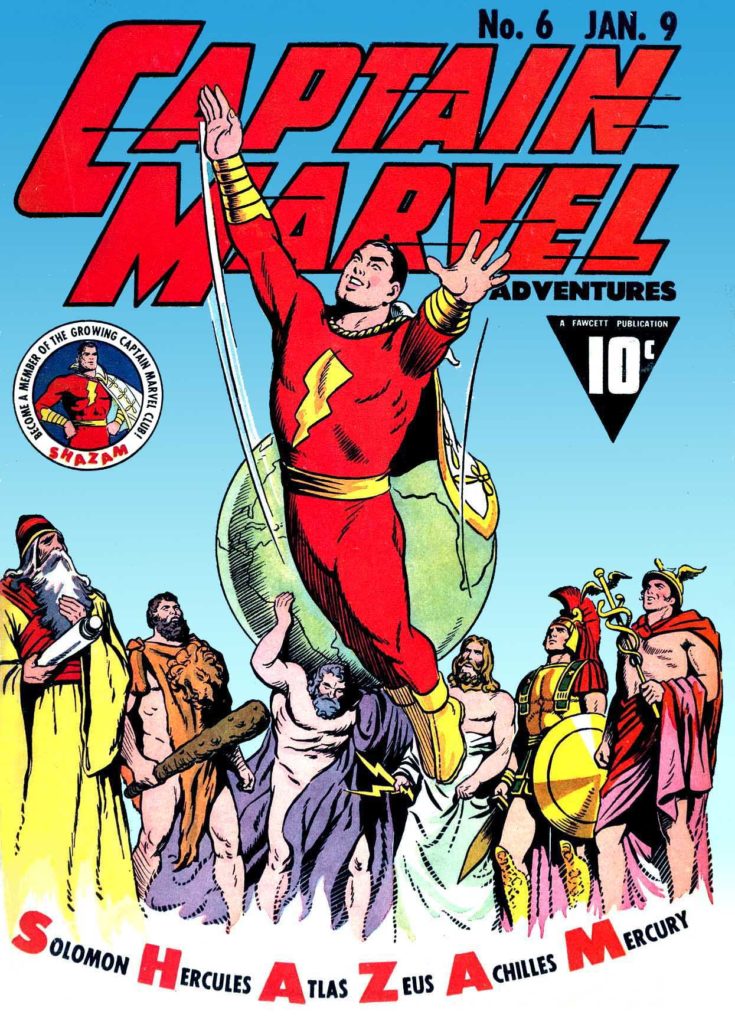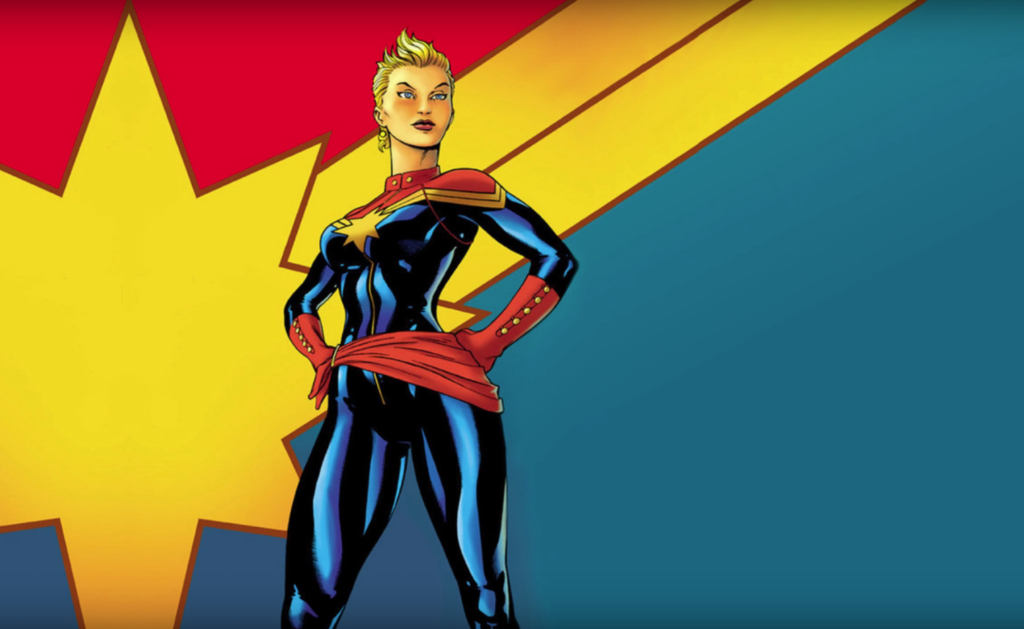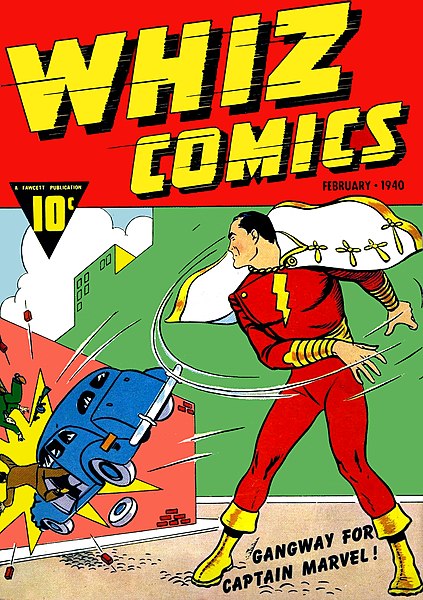Released within a month of each other, Marvel’s ”Captain Marvel” and DC’s ”Shazam” have a lot more in common than the proximity of their release dates.
You see, these two characters, the next successful films in each comic book company’s franchise used to share the same name.
There’s a running joke throughout DC’s “Shazam,” wherein the two main characters can’t settle on a name for the titular hero.
For those who know the strange history of “Shazam,” the joke is a very obvious reference to an event that shaped the history of these two characters, and perhaps comics’ most well-known character: Superman.
The character, Shazam, then called Captain Marvel, was first published in issue two of Whiz Comics, an anthology published by Fawcett Comics.
Whiz was basically the Fawcett Comics equivalent to DC’s (then called National Comics) Action Comics or Detective Comics, wherein both Superman and Batman made their first appearances respectively, despite the DC in DC standing for Detective Comics. I know, it’s confusing.
To tell the story completely we’d have to go back to the birth of comics, and that leads us to none other than the most famous comic book character of all-time. That’s right, Superman.

You see, at the time, Superman could be seen everywhere. He was on bread, on TV, on the radio and he even had an animated series. He covered every media avenue, except one: the movies. The reason?
Well, somebody was taking his place. You see, at the time, Captain Marvel comics regularly outsold Superman and some might’ve even called him the most popular super-hero of the time.
At the time Republic Pictures was actually working with DC, and had planned on making a Superman film, but DC already had a contract with Paramount, who was producing the Superman animated series at the time, a deal that prohibited them from signing another.
It was this deal that opened the door for Captain Marvel and led to Fawcett’s hero being the first superhero to be adapted into a motion picture—1941’s serial “Adventures of Captain Marvel.”
In 1941, DC Comics, then called National Comics, filed a lawsuit against Fawcett comics, claiming that Captain Marvel was a blatant rip-off of their character.
This led to a court case that ultimately determined that, yes, Captain Marvel was a copy of Superman, but ultimately Fawcett won the trail because DC had failed to label early copies Superman comics with the proper copyright symbol, meaning that, in effect, DC didn’t even own Superman.
This allowed many other companies the opportunity to print Superman comics, and it lasted for over two years, until finally, DC put a stop to it.
A second court case led to a DC win, in which Fawcett had to pay DC damages. Ultimately, Fawcett settled and eventually stopped publishing Captain Marvel comics a short while after.

This led to Marvel Comics, originally called Timely Comics, publishing their own “Captain Marvel” in 1967.
Then, in 1972 DC bought the rights to all of Fawcett’s original characters, including Captain Marvel. The irony being that they couldn’t call the character Captain Marvel, so they instead went with Shazam, the phrase uttered by Billy Batson that enables him to turn into a superhero.
In 2019 these two characters face off in theaters the world over, one an inspiration based on the other. The other a character inspired by the father of all comic book characters himself, Superman.
But there is a strange irony in all of this. You see, in the early days of comics, there was a fine line that had to be walked between inspiration and blatant rip-off. The courts ruled, ultimately, that Shazam was a rip-off of Superman, but in a strange case of irony, it was Shazam who was the first to fly.
That feat that so defined Superman, was ripped straight from the pages of Shazam, then called Captain Marvel.
Richard Foltz
Reporter

